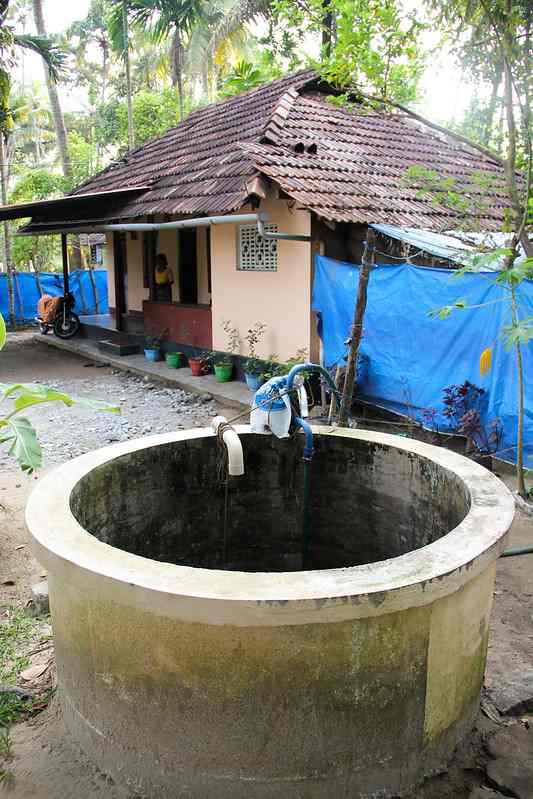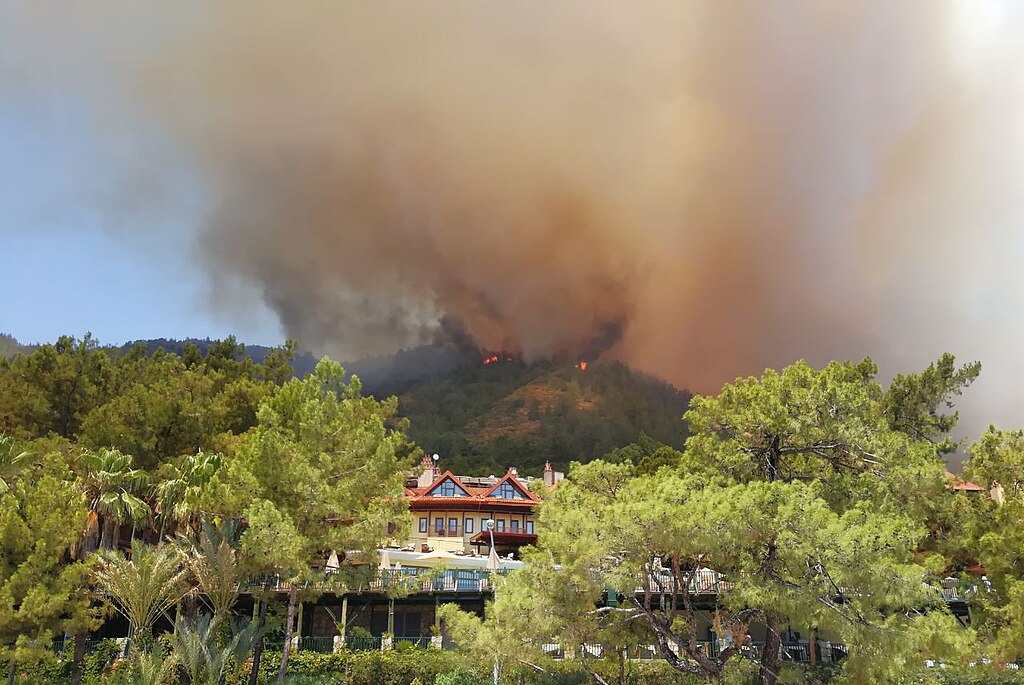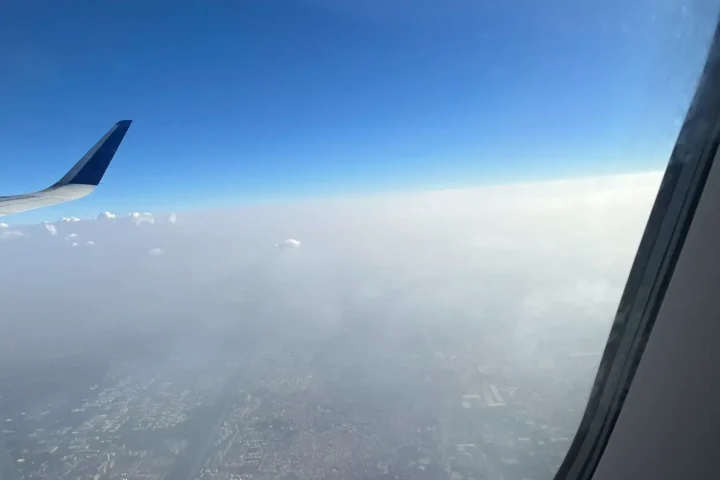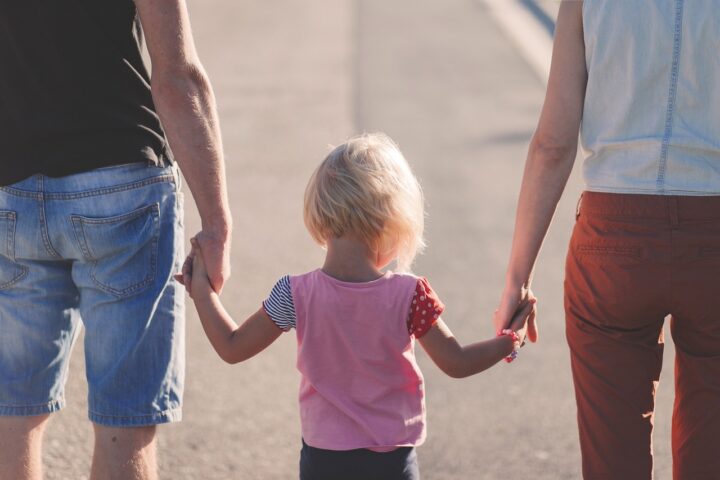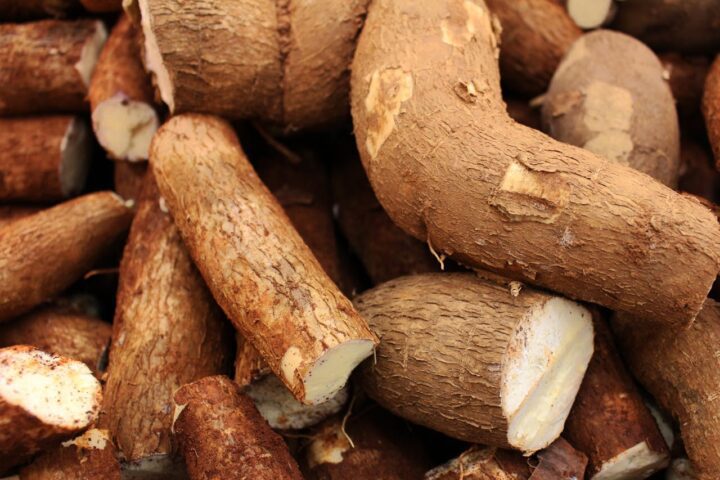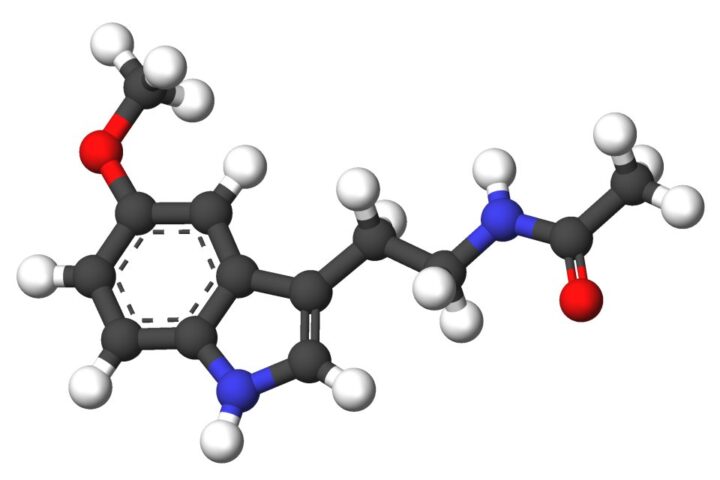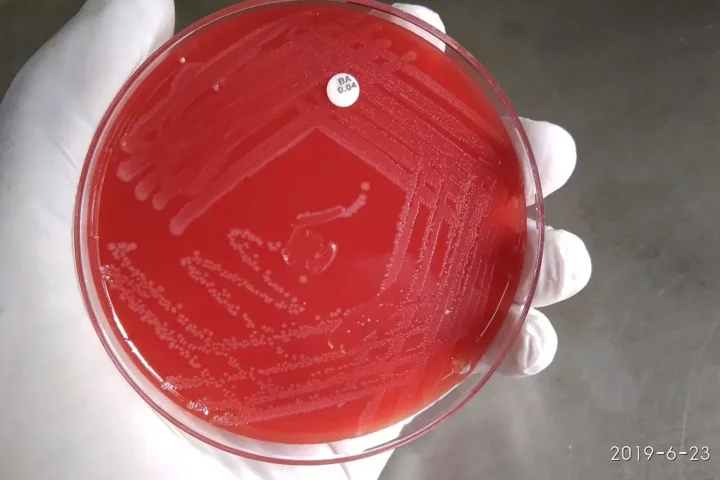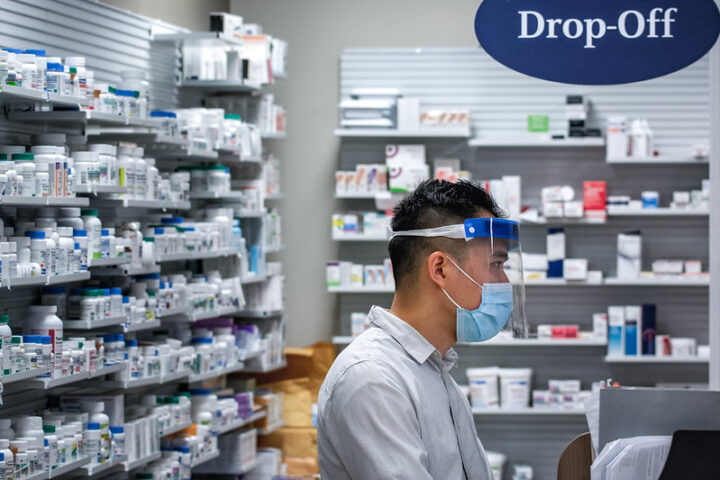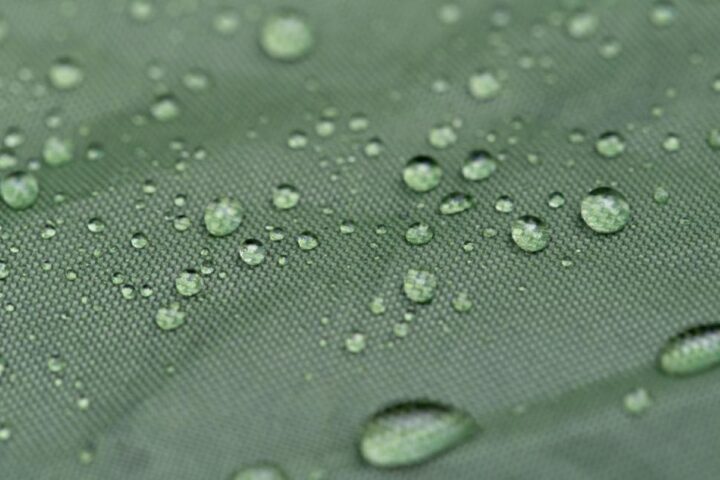Health officials in Kerala have issued alerts about Naegleria fowleri cases in the Kozhikode area, with confirmed links to water sources including well water currently under investigation. The amoeba thrives in warm freshwater and can cause primary amebic meningoencephalitis (PAM) when water containing it enters the nose.
The Kerala Health Department has released technical guidelines on prevention, diagnosis, and treatment, available at kerala.gov.in, providing a framework for local response efforts.
How It Spreads (And How It Doesn’t)
Naegleria fowleri enters the body only when contaminated water goes up the nose. According to the CDC, “People cannot be infected by drinking water.” The amoeba travels through the olfactory nerve to the brain, not through the digestive system.
It cannot spread from person to person, so there’s no risk of catching it from someone who is infected.
Home Safety Steps
For families using wells or exposed to freshwater sources, these precautions can help reduce risk:
- Keep water from entering the nose during bathing, swimming, or washing
- Use nose clips if swimming in ponds, lakes, or rivers
- For nasal rinsing or irrigation, use only distilled, sterile, or properly boiled water (boiled for at least 1 minute at elevations below 6,500 feet or 3 minutes above that elevation, then cooled)
- Never use untreated tap or well water for nasal cleansing
- Follow local health department guidance for testing and chlorinating private wells
Know the Signs
Symptoms usually begin about 5 days after exposure (range reported 1-12 days) and include:
- Severe headache
- Fever
- Nausea and vomiting
These can progress to stiff neck, confusion, seizures, and hallucinations. Children may show additional signs like refusal to eat or play. If these symptoms appear after freshwater exposure, seek medical care immediately and mention the water exposure to healthcare providers.
Well Water and Domestic Concerns
The amoeba is thermophilic; it grows best in warm water (commonly cited ~25–46°C) and can tolerate temperatures up to ~45–46°C, according to state and public-health sources (Kerala technical guidelines, clinical reviews and health departments). During monsoon season, warm stagnant water creates favorable conditions for growth.
While rare globally, infections are serious with approximately 97% fatality rate. Kozhikode has reported multiple cases in 2025 alone, showing an unusual case surge in the region. Proper disinfection of water systems, including maintaining adequate chlorine levels in pools and testing private wells, helps prevent contamination.
Safe Water Practices
For households concerned about well water safety:
- Test and disinfect wells according to local public health instructions
- Consider shock chlorination during monsoon season or after flooding
- Maintain proper chlorine and pH levels in pools and water tanks
- Keep children supervised around water sources
- Drain and scrub wading pools and splash pads weekly before refilling
Getting Help
The Kerala Health Department has designated hospitals for treatment (including Kozhikode Medical College) and provided technical guidance to healthcare providers. Families with questions about water testing or safety measures should contact local health officials using the district medical office contact numbers published by Kerala DHS.
This information is based on guidance from the CDC, WHO technical briefs, and Kerala Health Department guidelines. For the most current updates on local cases and testing results, refer to official Kerala DHS and DMO notices.
FAQ
What is a brain-eating amoeba and how dangerous is it?
Brain-eating amoeba (Naegleria fowleri) is a microscopic single-celled organism found in warm freshwater. It’s extremely dangerous with a 97% fatality rate when infection occurs. The amoeba travels up the nose to the brain, causing a rare but serious infection called primary amebic meningoencephalitis (PAM). Most people who get infected die within 5-18 days after symptoms begin.
How do people get infected with brain-eating amoeba?
People get infected when water containing the amoeba enters through the nose – not by drinking it. This typically happens while swimming, diving, or bathing in contaminated freshwater like lakes, rivers, or poorly maintained pools. In Kerala, well water has been linked to recent infections. The amoeba can also enter the nose during religious practices, nasal rinsing, or when using neti pots with untreated water.
What are the symptoms of a brain-eating amoeba infection?
Symptoms usually start about 5 days after exposure (but can appear between 1-12 days) and include severe headache, fever, nausea, and vomiting. As the infection progresses, symptoms worsen quickly to include stiff neck, confusion, lack of attention, loss of balance, seizures, and hallucinations. In children, watch for refusal to eat or play and unusual stillness.
Can I get infected by drinking contaminated water?
No, you cannot get infected by drinking water containing the amoeba. The infection only occurs when water goes up your nose. You also cannot catch it from an infected person – it is not contagious or spread person-to-person.
How can families protect themselves from brain-eating amoeba?
To protect your family: keep water from entering the nose while bathing or swimming; use nose clips when in freshwater; never use untreated tap or well water for nasal rinsing (use only distilled, sterile, or properly boiled water); test and chlorinate private wells; and avoid digging in shallow water where the amoeba likely lives. During monsoon season, be extra cautious with well water.
Why is Kerala seeing more cases of brain-eating amoeba now?
Kerala has reported 8 cases in 2025 alone, which is unusual. This may be due to several factors: warmer temperatures due to climate change (the amoeba thrives in warm water between 25-46°C); monsoon season creating warm stagnant water conditions; increased awareness and better detection; and possibly because well water in certain areas has become contaminated with the amoeba.
Is there a treatment or cure for brain-eating amoeba infections?
While most cases are fatal, early diagnosis and treatment can sometimes be successful. Treatment typically includes a combination of drugs such as amphotericin B, miltefosine, fluconazole, azithromycin, and rifampin, along with measures to reduce brain swelling. In Kozhikode, a 14-year-old boy recently survived PAM, becoming the first documented survivor in India and one of only about 11 survivors worldwide.
When should I seek medical care if I suspect a brain-eating amoeba infection?
Seek medical care immediately if you or your family member develops sudden fever, severe headache, nausea, vomiting, or stiff neck – especially after swimming or bathing in freshwater. Tell healthcare providers about any water exposure. Quick medical attention is critical since the infection progresses rapidly, and early treatment offers the best chance of survival.
